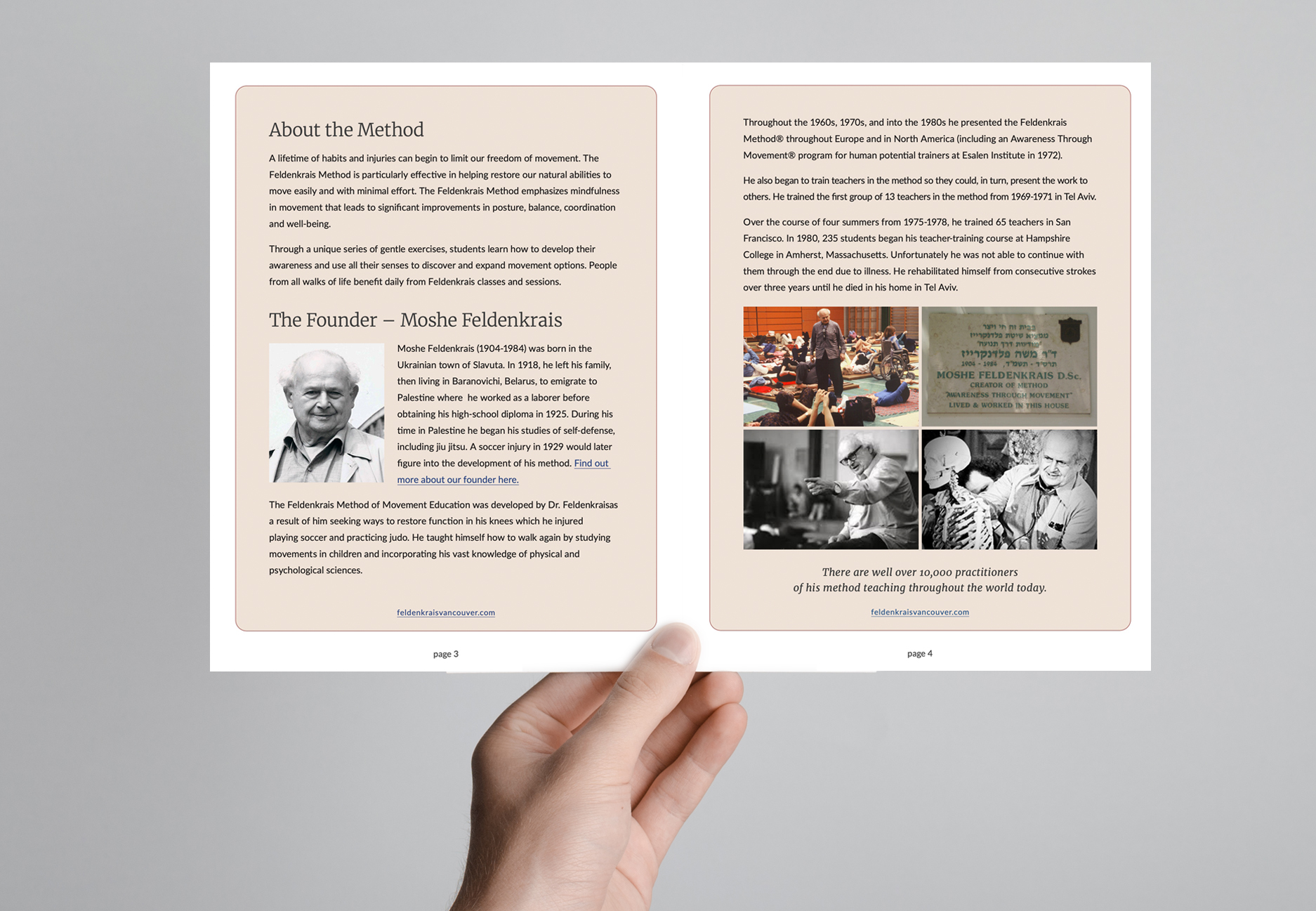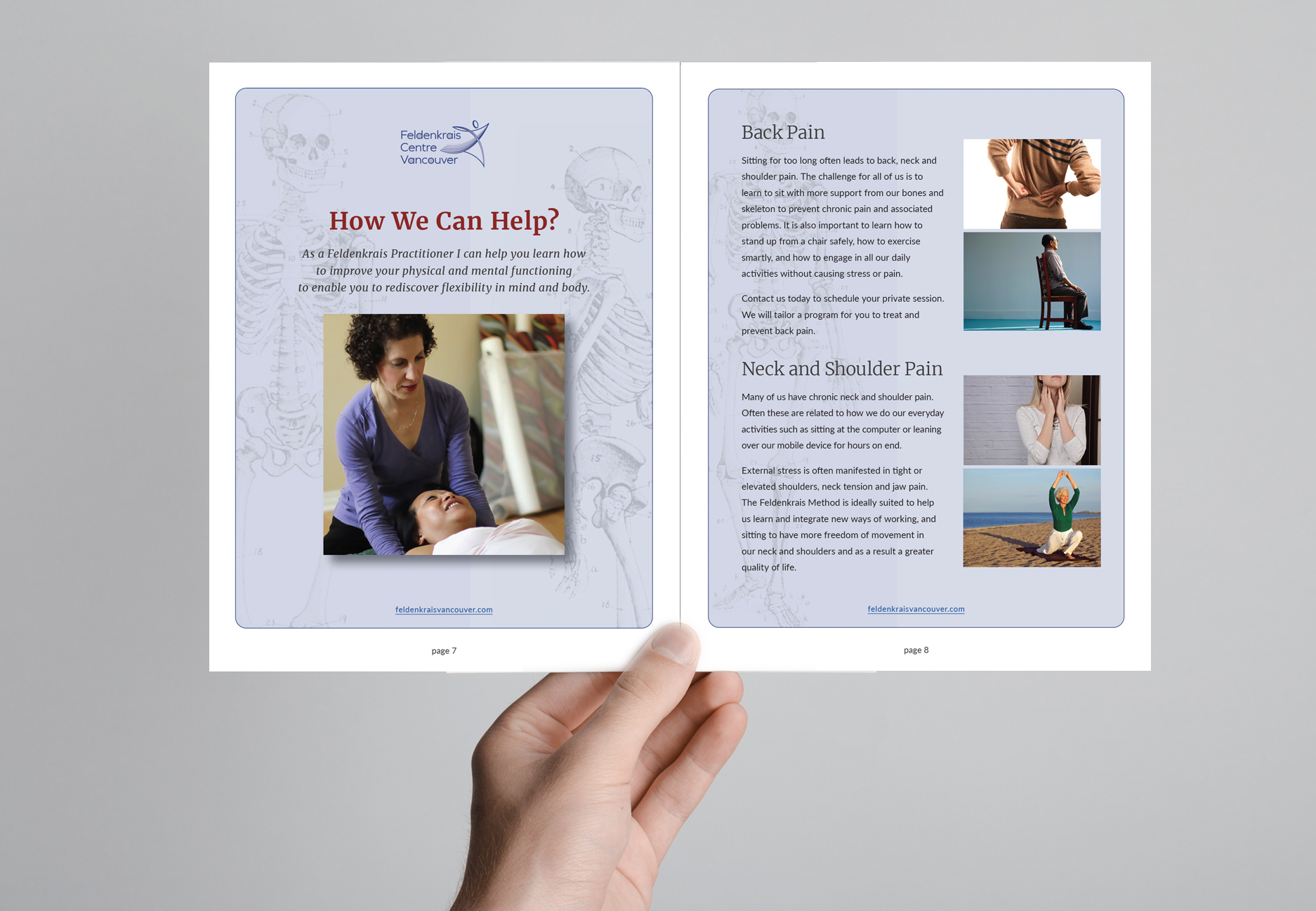We are all getting a little weary.
I “googled” the word weary and one of the definitions offered was “reluctance to see or experience any more of something.”
That is a good description of how many of us feel. We are “done” with the pandemic and the resulting restrictions imposed on our lives. Everyone wants to know when things will be normal again. In many regions, things are opening up and we are moving around more.
However, as we are being told and from what the numbers are revealing in terms of new infection clusters and small outbreaks, we cannot let our guards down. It was reported that on Monday June 8, around the world there was the highest recorded number of new cases in a single day. Even if we are weary, we need to stay vigilant and start to think about what life will look like in a new normal.
Every weekend since early April, we have gone cycling in the city or surrounding areas. At first, there were no people or cars around and only a few other cyclists. Each week we see more and more people out and about; sitting and visiting or playing in parks, hanging out on the beaches, walking and shopping downtown. Many people have become somewhat more adventurous, slowly emerging from isolation because BC has done well in “flattening the curve.” Others are still nervous or anxious about venturing out and connecting with other people. It is going to take time to fully reopen society and for all of us to participate as fully as we can. In the meantime, I believe we need to respect everyone’s assessment of risk and comfort and adjust services and programs accordingly.
I have decided that to live in the new normal I need to strive to be as present as I can be with everyone, to appreciate and live in each moment despite the chaos, to literally smell all the wonderful flowers and trees in bloom now (even though they worsen my allergies) and to try to be compassionate and kind to each person I connect with. All of which is easier said than done, but I am trying!
I continue to offer and teach Awareness Through Movement® classes, virtually via Zoom, and am amazed that everyone who attends, including new students who are trying Feldenkrais for the first time through the screen of their computer or device, have adapted and are eagerly participating. Moshe Feldenkrais taught us to be aware so we can question, to examine our habits so we can try out new approaches and to look for the ways and means to make our lives easier.
Awareness Through Movement classes are easier than some others to teach and attend virtually. The directions are verbal, rather than mostly visual. It is therefore incumbent on the teacher to be clear, precise and audible, all things I am working on and will continue to refine myself and as a member of an on line advanced training with my teacher set to commence next week. In our classes we explore the same movement sequences in different positions, for example while lying on the back, in sitting, standing on our knees. These variations provide options and allow us to explore how we can do the same thing differently but as easily if we are aware of how we connect with different areas of ourselves. Having options and being easy on ourselves are important strategies we all need to help us navigate the next stages of this pandemic.
If you haven’t tried a Feldenkrais class, your first class is as close as your computer screen or device. I invite you to join us, it will help mitigate the weariness and help you begin the journey into the new normal.



